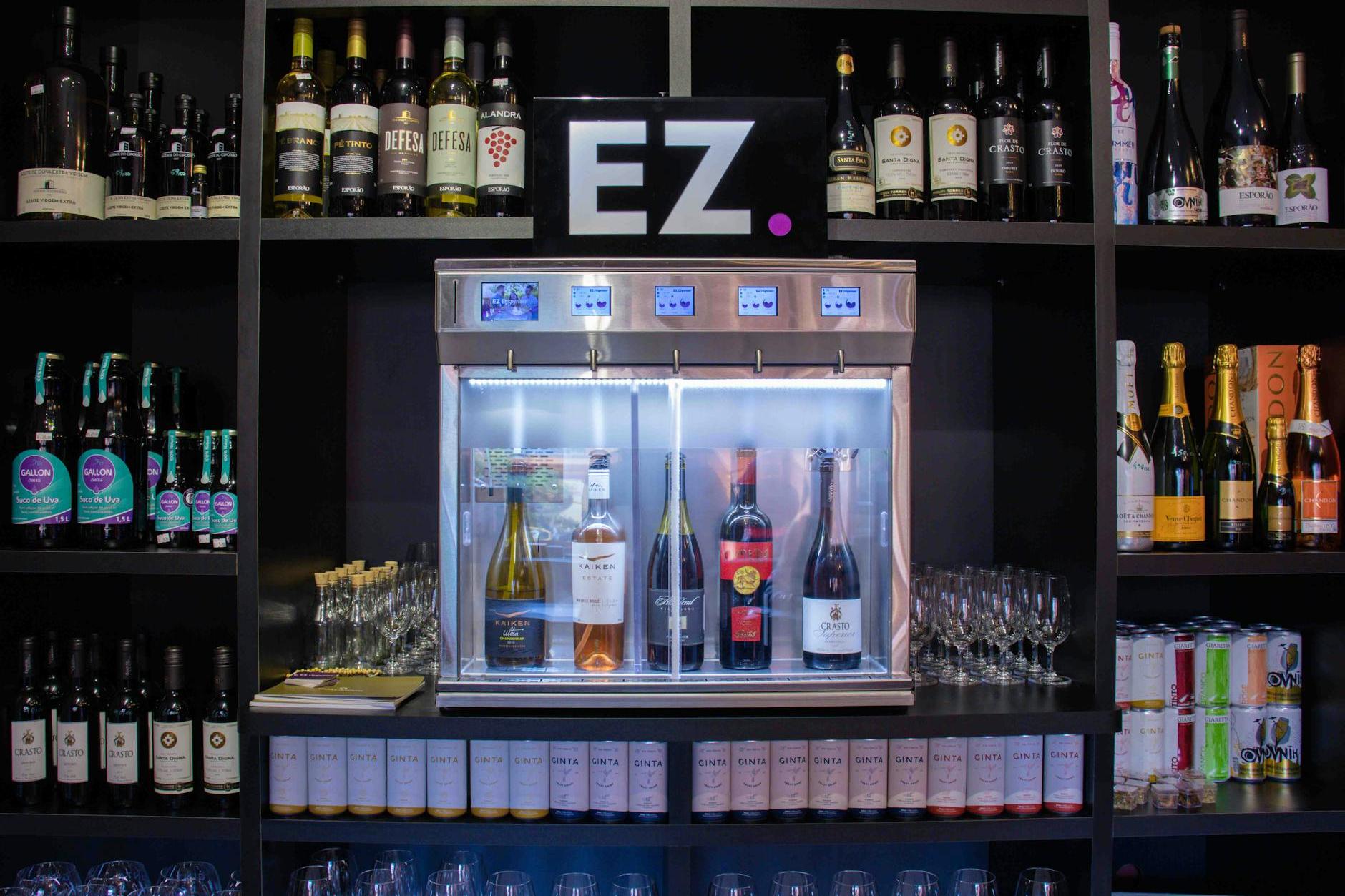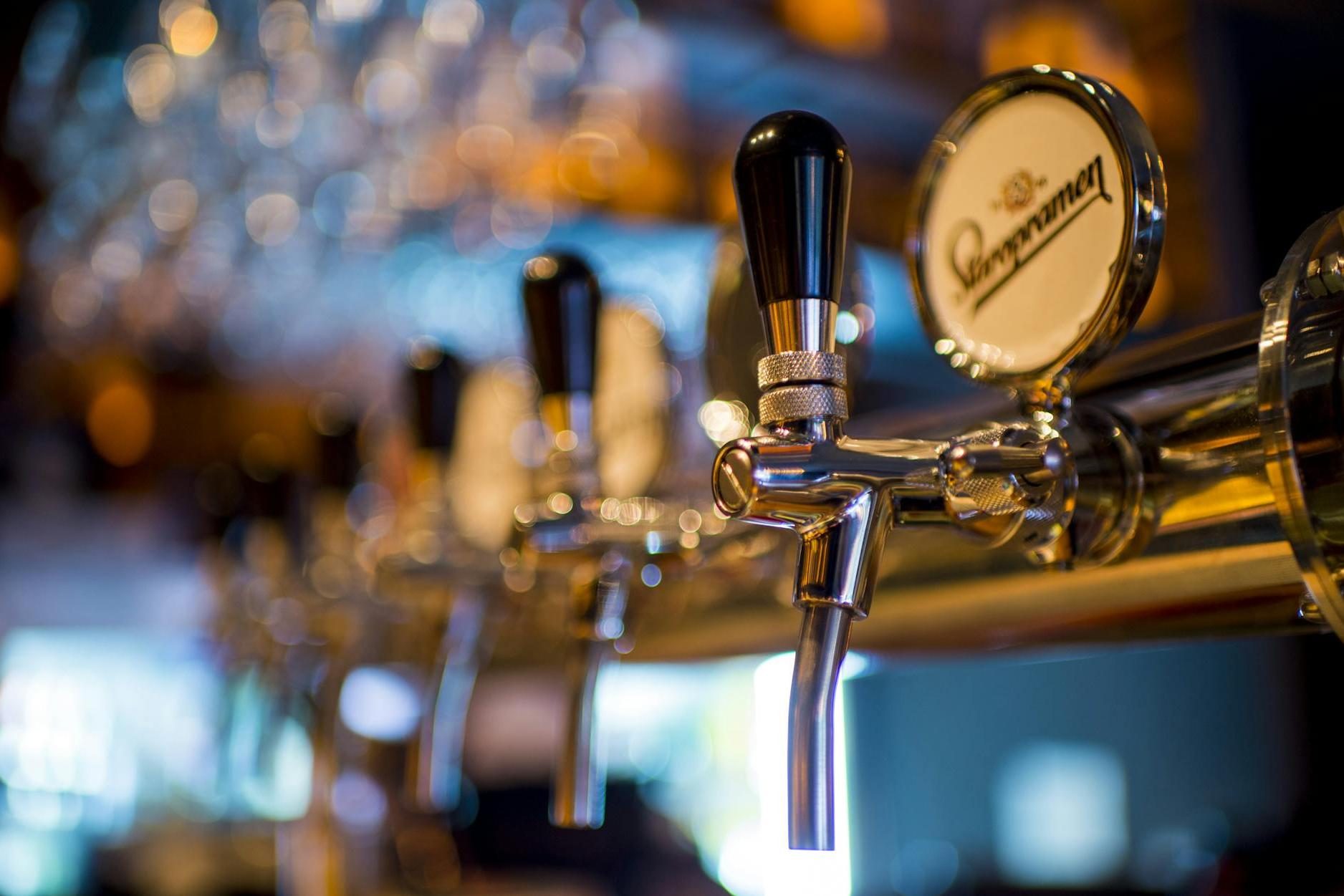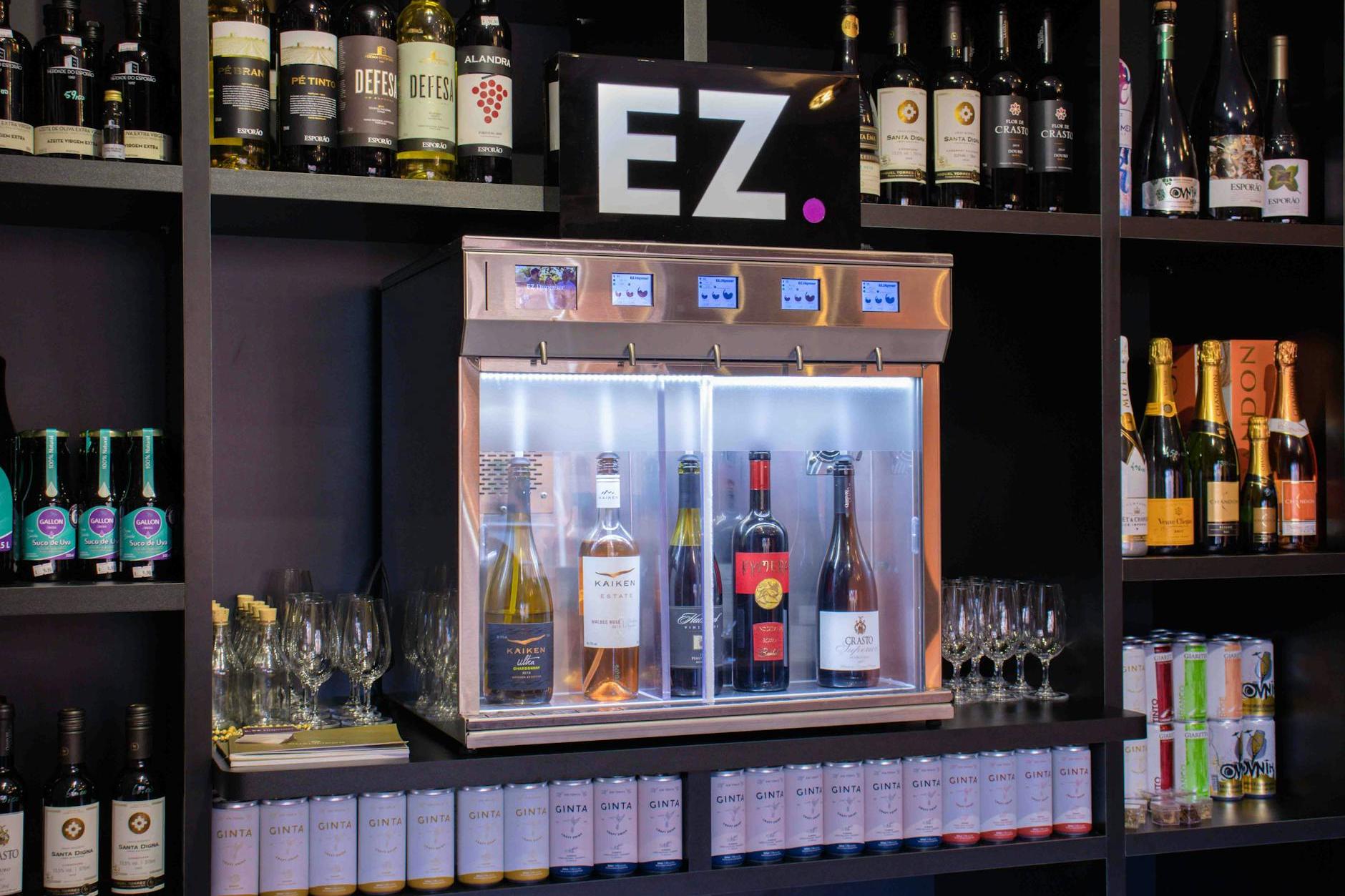- Shanghai Zhongshen International Trade Co., Ltd. - Two decades of trade agency expertise.
- Service Hotline: 139 1787 2118

When German Dark Beer Meets Chinese Customs: A Dialogue Between Taste Buds and Regulations
Last year, a friend who works as an importer had an entire container of goods returned at the Shenzhen port due to a 0.3% discrepancy in alcohol content labeling, resulting in a direct loss of 370,000 yuan. Stories like this unfold daily at ports. As a seasoned customs declarant with 20 years of experience, today I'll walk you through the entire process of importing beer for customs clearance, revealing those "devilish details" hidden within the declaration forms.
Three "passes" that must be prepared before import.
- Food Circulation Permit: Please note that the new regulations in 2025 require importers to complete HACCP certification.
- Food import record filing: Submit on the website of the General Administration of Customs of China 30 working days in advance.
- Alcohol business license: Some regions require the submission of warehouse temperature monitoring records.
Breakdown of the Customs Clearance Process into Seven Steps (Taking Qingdao Port as an Example)
| Stage | Time window | Key documents |
|---|---|---|
| Before the goods arrive at the port | 15 days in advance | It is recommended to verify through the following methods:, Sanitary Certificate |
| Declaration inspection | 1 - 3 working days | Ingredient Testing Report (Special Attention to Hop Content) |
| Payment upon tax clearance for goods pickup | 0.5 working days | special VAT payment certificate |
Five "Blood and Tears Lessons" That Newcomers Must Learn
- Blind spots in label review: A batch of Belgian white beer was destroyed for failing to label "contains sulfur dioxide."
- Common Misconceptions in Tax ID Declaration: 330ml cans and 500ml bottles may be subject to different HS codes.
- Shelf Life Trap: Products with less than one-third of their shelf life remaining will be prohibited from entry.
- Transport temperature out of control: SummerMaritime TransportationIt is mandatory to equip with cold chain monitoring devices.
- Intellectual property disputes: A popular craft beer brand was detained by customs due to unregistered trademark.
Analysis of Customs Clearance Time and Cost Structure
According to our 2025 latest case database, the composition of routine customs clearance fees is as follows:
- Tariff: 14% (Most-Favored-Nation Rate)
- VAT: 13%
- Consumption Tax: Specific Tax of 0.5 Yuan per Liter
- Agency service fee: Typically 1.2-2% of the cargo value.
Special Reminder: Beer products from the EU must provide carbon footprint certification starting from October 2024, and the processing time for this document is approximately 20 working days.
Seven Soul-Searching Questions Frequently Asked by Customers
- Q: Can small trial orders be shipped via express delivery channels?
A: For single batches exceeding 12 bottles, general trade procedures must be followed. - Q: How to handle near-expiry beer?
A: You may apply to convert it into "processing trade" for beer raw materials. - Q: Can the Chinese back label be affixed after arrival at the port?
A: Must be carried out at designated supervision sites, with a 40% increase in costs.
I remember handling a shipment of Dutch Trappist beer in 2018, where the authenticity of the handwritten production date by the monks was questioned by customs. Verification was only completed through a live video call with the monastery for real-time monitoring. This case teaches us:In the romantic world of imported beer, rigor is the best passport..
Related Recommendations
Category case
Get in Touch
Email: service@sh-zhongshen.com
Related Recommendations
Contact via WeChat

? 2025. All Rights Reserved. Shanghai ICP No. 2023007705-2  PSB Record: Shanghai No.31011502009912
PSB Record: Shanghai No.31011502009912









